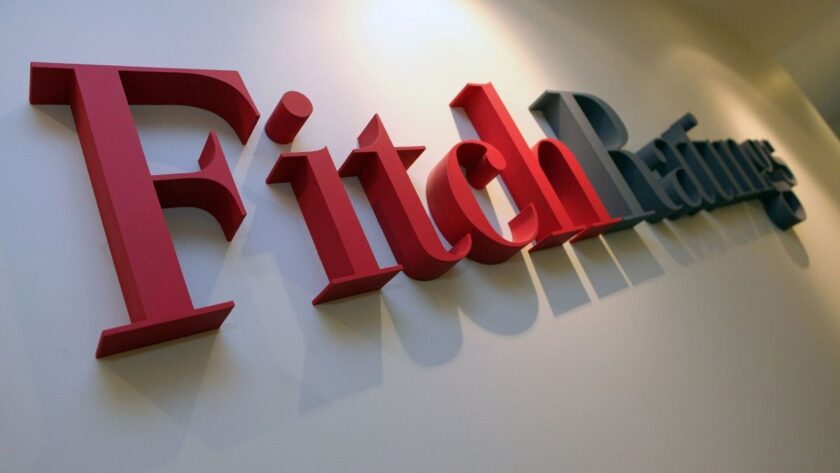Kenyan Banks’ Impaired Loan Ratios to Remain Elevated in 2026
Kenyan banks’ impaired loan ratios will remain elevated in 2026 due to large outstanding public-sector arrears, Fitch Ratings says. However, the banking sector’s high pre-impairment operating profit is sufficient to comfortably absorb loan impairment charges while allowing for capital accretion and increased loan growth.
According to Fitch, the rise in the Kenyan banking sector’s impaired loans ratio from 6.8% at end-2015 to a peak of 17.6% at end-1H25 has been heavily influenced by large public-sector arrears to contractors and service providers.
From end-1H05 to end-1H22, these totalled KES664 billion or USD5.1 billion and were mainly to state corporations, Fitch said there is limited information from the government regarding arrears accrued after end-1H22.
Delayed government payments have significantly strained borrowers’ ability to service debt, which was further pressured by the pandemic and, more recently, by exchange-rate volatility, high inflation and interest rates.
High interest rates have suppressed demand for credit while credit supply has been constrained by the weak credit landscape and comparatively favorable yields on government securities due to high government issuance, which incentivized banks to deploy funds into treasury bills and bonds.
As a result, FX-adjusted loan growth was anemic in 2024 and 1H25 (1% in each period), which contributed to the sector’s elevated impaired loans ratio. The banking sector’s impaired loan ratio declined slightly to 17.1% at end-8M25 partly because of resumed loan growth.
The Central Bank of Kenya (CBK) started easing monetary policy in August 2024 in response to moderating inflation and exchange rate pressures and has since cut the Central Bank Rate by a cumulative 375bp to 9.25%, including by 200bp in 2025.
Fitch stated that a stable macroeconomic environment and lower interest rates will improve borrowers’ debt servicing capacity, given that most loans are issued at floating rates.
It will also support accelerating loan growth in the banking sector, which Fitch analysts forecast in the mid-single digits in 2H25, increasing to double digits in 2026.
These themes will support a continued modest decline in the banking sector’s impaired loan ratio in 2026. Impaired loans are unlikely to decline materially until substantial progress is made in reducing the outstanding public sector debt in arrears, which is likely to remain elevated in the short term despite efforts to improve public financial management.
Toward that end, the government established a pending bills-verification committee in September 2023, which has verified 86% of the KES664 billion claims and recommended settling arrears equal to 1.8% of FY22 GDP through proceeds from future privatizations.
The banking sector’s total loan loss allowance coverage of impaired loans was 59% at end-1H25, reflecting some reliance on collateral and recoveries.
Net impaired loans were 23% of the banking sector’s total equity at end-1H25 but risks to capital are mitigated by high pre-impairment operating profit (1H25 annualized: 9% of average gross loans), which provides a large buffer to absorb loan impairment charges while allowing for capital accretion and increased loan growth.
Though pre-impairment operating profit as a percentage of gross loans is expected to fall due to higher loan growth and net interest margin pressure from lower interest rates, it will remain sufficient to comfortably cover loan impairment charges.
Fitch rates four banks in Kenya: KCB Bank Kenya Limited (‘B-/Stable’), NCBA Bank Kenya Plc (‘B-/Stable’), I&M Bank LIMITED (‘B-/Stable’) and Stanbic Bank Kenya Limited (SBK: ‘B/Stable’).
Out of these four, KCB Bank had the highest impaired loans ratio of 21.3% at end-1H25, followed by NCBA Bank (13.2%), I&M Bank (12.9%) and SBK (9.5%).
All four banks’ pre-impairment operating profit (ranging from an annualized 8% of average loans in 1H25 to 10%) provides a large buffer to absorb potential loan impairment charges.
Naira Climbs to N1441/$, Nigeria Sees Declining Blocked Fund

